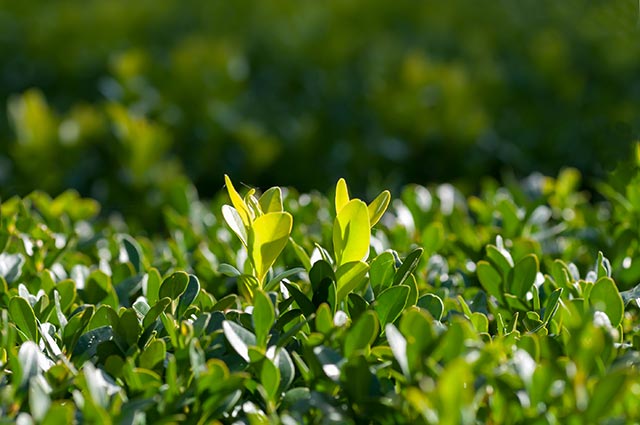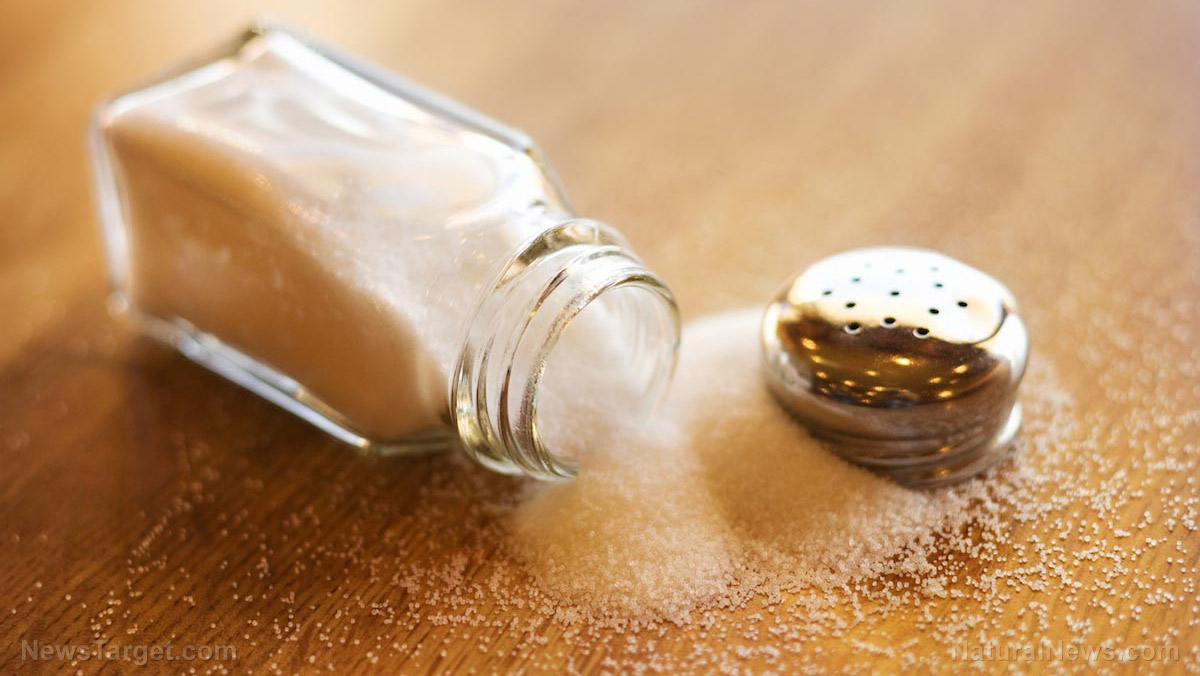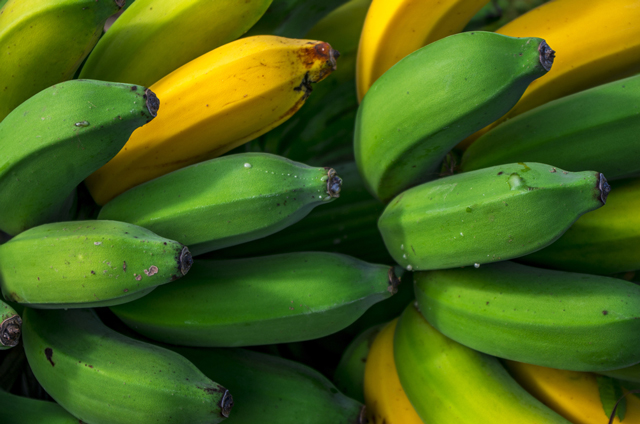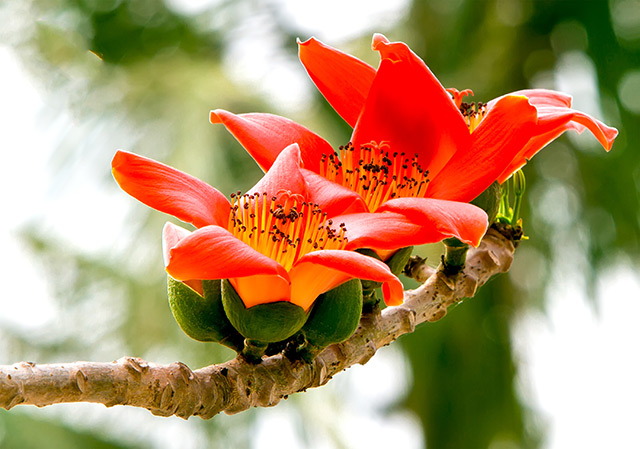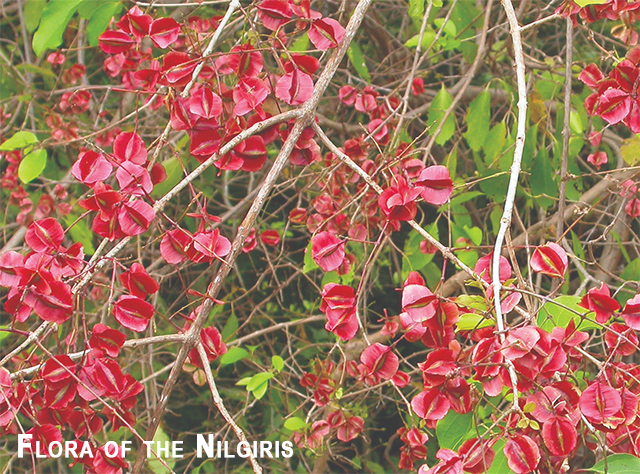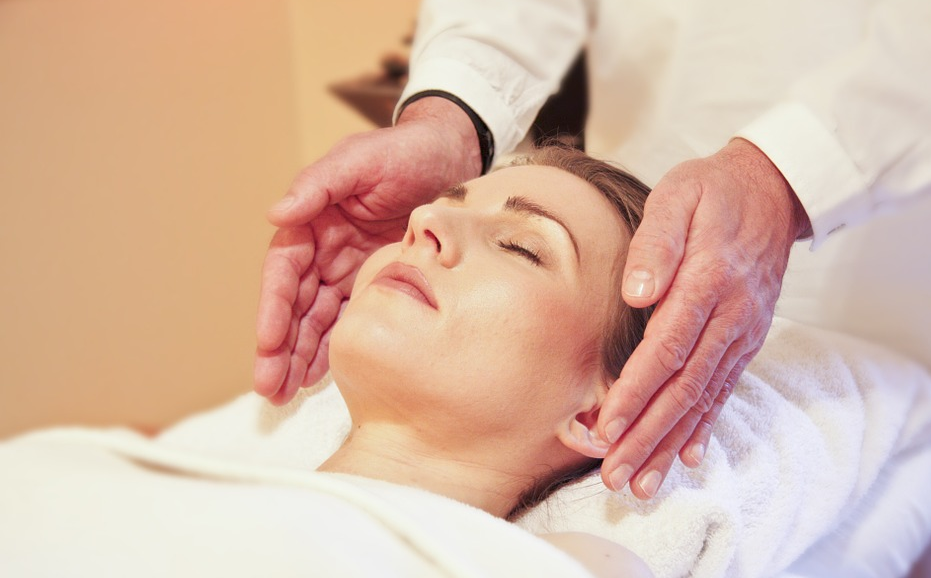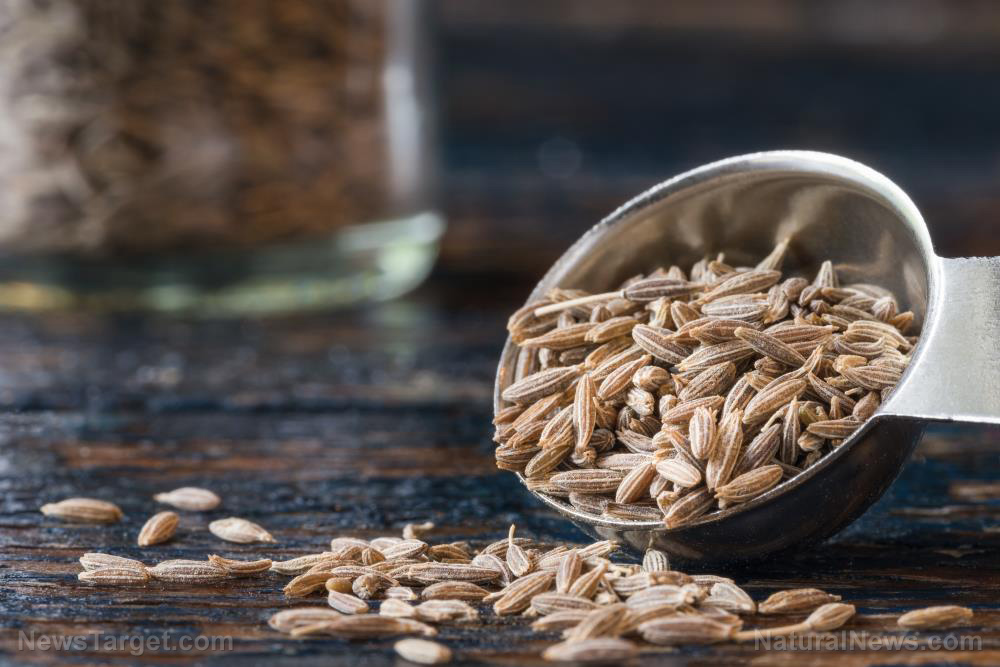A guide to treating bunions with alternative medicine
10/21/2018 / By Edsel Cook
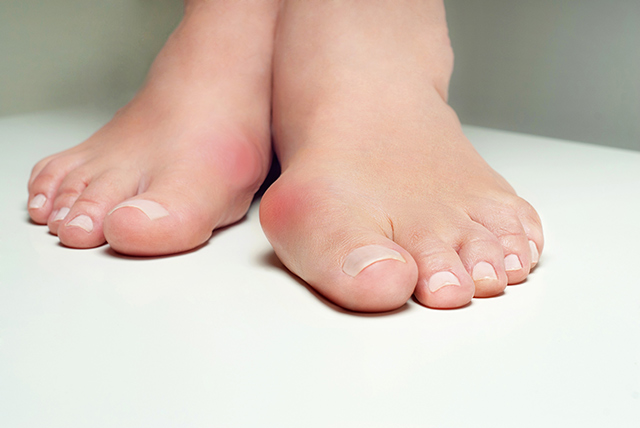
There is a fairly large chance you will develop a bunion in your foot at some point or another. If such a deformity is making your life miserable, an article in Homeopathic brings up alternative approaches of managing the pain caused by a bunion.
Also called hallux valgus, a bunion is a bony outgrowth that appears on the inside of the foot at the joint of the big toe. It is caused by pressure on the big toe that forces the latter to bend toward the adjacent toe. The pressure causes the bone to deform. A bump will appear and grow larger over time. As it becomes bigger, it starts to swell and begins to hurt.
Bunions take a long while to develop. Once they do reach critical mass, the patient can no longer wear shoes or even loses the ability to walk. The only permanent way to treat a bunion is to surgically remove it. Recovery may take many months. The surgical process is also risky, especially with older patients.
Conventional means of managing the pain include orthopedic treatment that reduce the physical pressure on the bunion and taking non-steroid anti-inflammatory drugs (NSAIDs) to control the swelling. However, the shoes do nothing for the swelling, while the NSAIDs have negative side effects such as causing kidney, liver, and stomach problems. (Related: Treating your nasal allergies with alternative medicine.)
Ultrasound, proper bindings, and deep-friction massages
When conventional treatments fail or intimidate them, patients can turn to several alternative means of managing the pain caused by bunions. There are six possible approaches.
The first means is ultrasound therapy. It generates sound waves to achieve various effects. Certain sound waves can also slow, stop, or even reverse the development of the bunion by decreasing its mass via sound instead of surgery. A physical therapist can advise patients if an ultrasound treatment is apt for them. In case the bunion cannot be treated through ultrasound techniques, the therapist is also a source of physical exercises and knowledge that can possibly slow the bunion’s growth and reduce the pain.
The next approach is bandaging and taping your toes. If you bind your toe in the right way, it will keep the toe in a position that does not aggravate the bunion. Bandages and tapes will also decrease the amount of friction caused by shoes that are worn over the bunion.
The third approach is a deep-friction massage of the foot suffering from the bunion. Designed to reach connective tissue found in the joints, this massage can reduce the buildup of soft tissues that makes bunions worse. A deep-friction massage can also reduce inflammation associated with swelling and improve the flow of blood through the foot.
Homeopathic remedies, acupuncture, and the right shoes
A fourth approach comes from homeopathy. Calcarea phosphorica is a remedy made from calcium phosphate. This solution can restore the balance of chemicals in malformed bone, thereby removing a source of irritation for patients with bunions.
The fifth approach is provided by traditional Chinese medicine. Acupuncture works on the principle that inserting needles in specific parts of the body opens natural pathways that encourage your body to heal faster and better. Some patients with bunions swear by regular acupuncture sessions for pain relief.
Last but not least is the proper choice of shoes. Pick roomy footwear that have a lot of space in the toes, as well as across the length and width of your foot. There is a good reason why bunions are more prevalent among women, as they often picked very tight-fitting shoes for the sake of fashion.
For more articles about relieving the pain caused by bunions, visit AlternativeMedicine.news.
Sources include:
Tagged Under: acupuncture, alternative medicine, bunion, Calcarea phosphorica, deep-friction massage, hallux valgus, Homeopathy, massage therapy, natural cures, natural remedies, physical therapy



